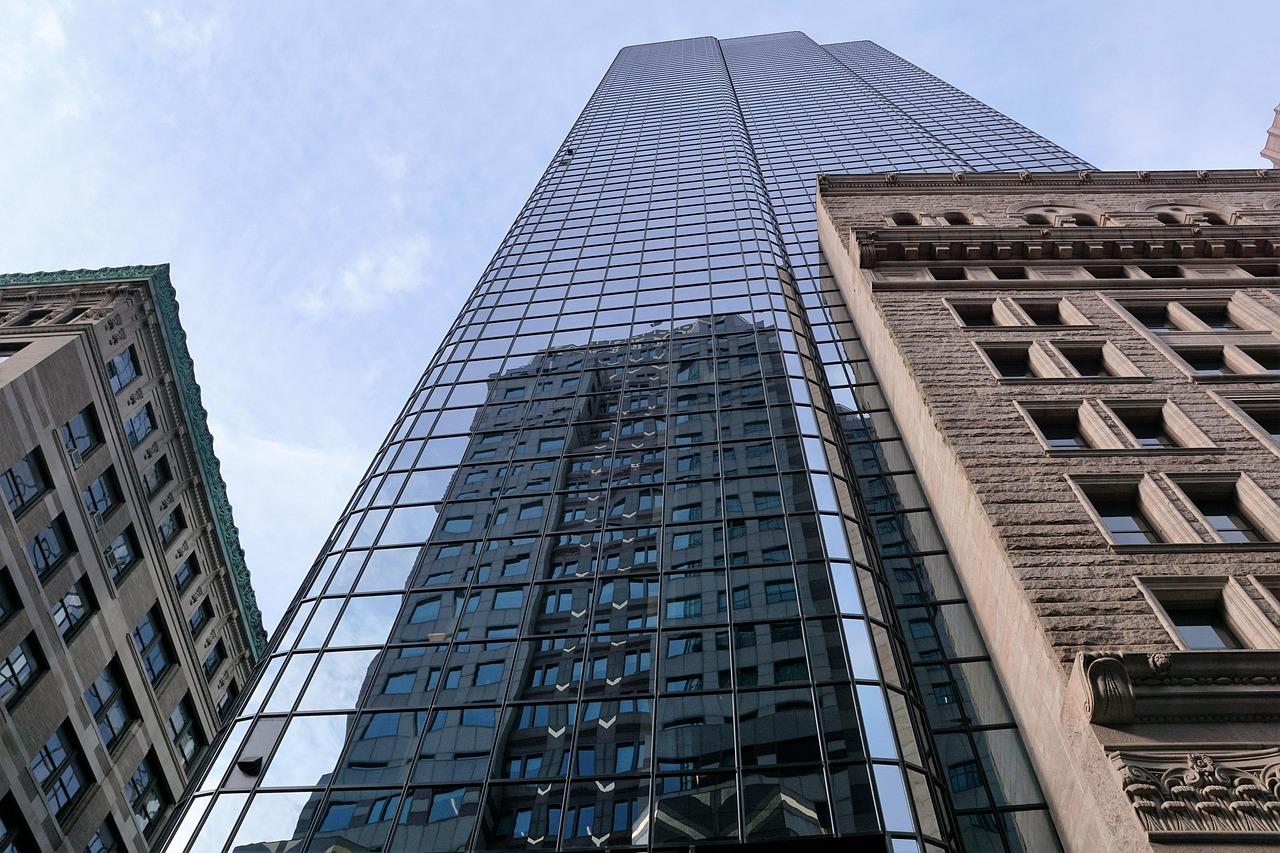
What is a Regional Center?
A Regional Center is a commercial enterprise established to structure and manage EB-5 projects for foreign investors. These centers must be registered with the U.S. Citizenship and Immigration Services (USCIS) and comply with various regulatory requirements by filing specific forms.
Understanding Form I-956F (Project Form)
One crucial document filed by Regional Centers is Form I-956F, known as the Application for Approval of an Investment in a Commercial Enterprise. This form provides USCIS with all necessary details regarding a project intended to attract EB-5 investors.
Contents of Form I-956F
The I-956F filing typically includes:
- A Private Placement Memorandum (PPM)
- A comprehensive business plan
- Documents confirming TEA (Targeted Employment Area) designation
- Job creation calculations
- Corporate documentation related to the New Commercial Enterprise (NCE)
- Other relevant project details
Investment Timing and Project Approval
Regional Centers can begin accepting investors as soon as they receive confirmation that USCIS has received their I-956F form. Importantly, they do not need to wait for project approval before proceeding with investments.
Processing Time and USCIS Review
USCIS typically reviews Form I-956F within 3 to 15 months. Following the review, USCIS may:
- Approve the form
- Request additional information
- Deny the application
An approved I-956F form confirms that USCIS has reviewed and accepted the documentation as meeting its requirements. However, this does not guarantee:
- The project’s financial viability or likelihood of repayment to investors
- That investors will receive approval for their I-829 petition (which grants permanent residency)
Impact on Investor Processing Time
USCIS first reviews the project documentation before processing individual investor petitions. Investing in a project with an approved I-956F may lead to shorter processing times, particularly for projects in rural areas.
What If the I-956F Form is Denied After Investment?
If an investor has already committed funds to a project while USCIS is still reviewing its I-956F form, and the form is later denied, the key concern is how and when the invested funds will be returned.
Possible Outcomes:
- Best-case scenario: The investor receives a refund within a few months and can resubmit their EB-5 application with another project.
- Worst-case scenario: The investor may have to wait several years before recovering their funds, depending on the project’s financial structure and agreements with the Regional Center.
Investor Considerations
Before committing to an EB-5 investment, investors should:
- Verify the status of Form I-956F – Determine whether the project is still under USCIS review or already approved.
- Understand the Regional Center’s refund policy – Review agreements outlining what happens if the project’s I-956F form is denied.
- Assess project risks – Approval of Form I-956F does not guarantee financial success or investor residency approvals.
By conducting thorough due diligence and understanding the role of Form I-956F, investors can make informed decisions and mitigate risks associated with EB-5 investments.
Categories:




